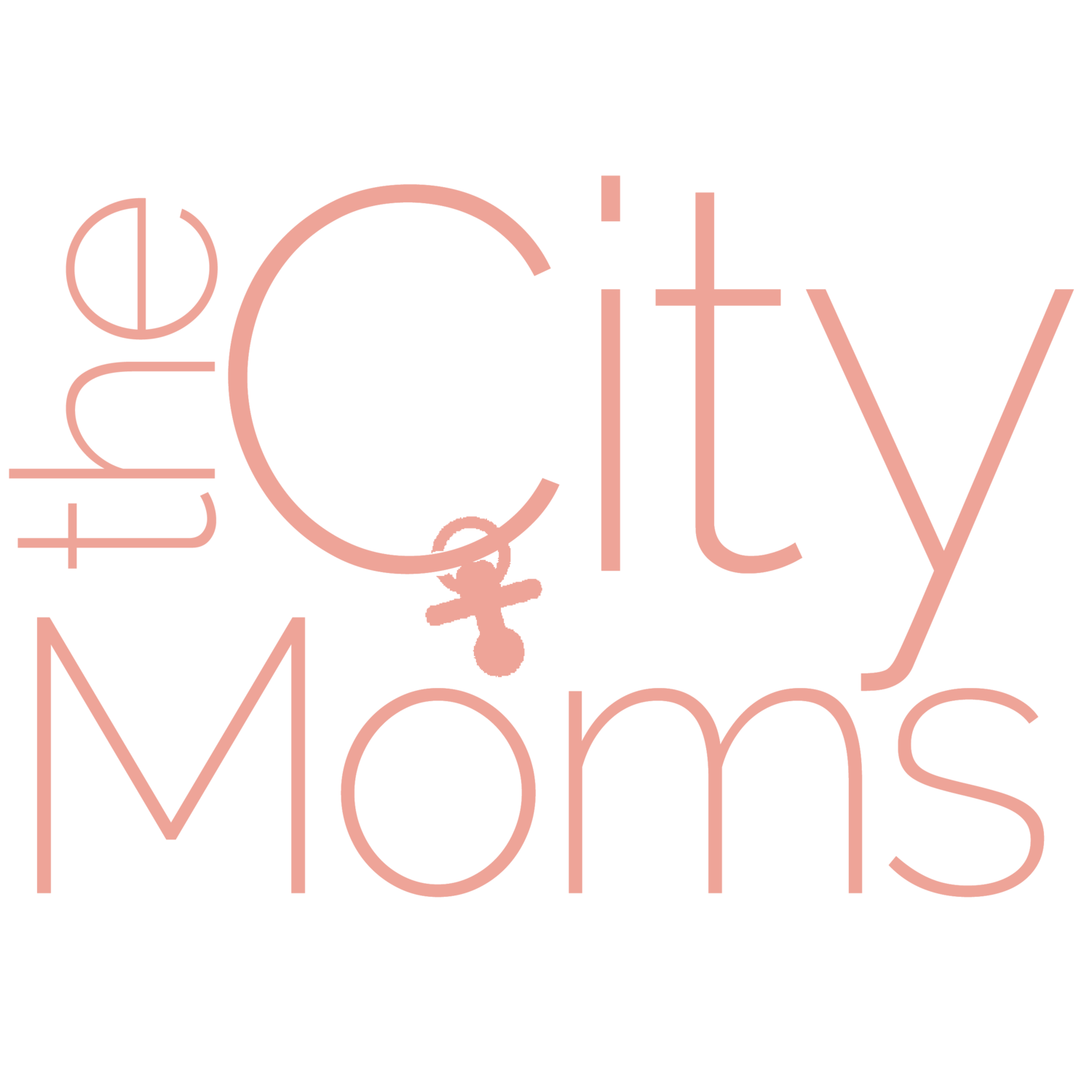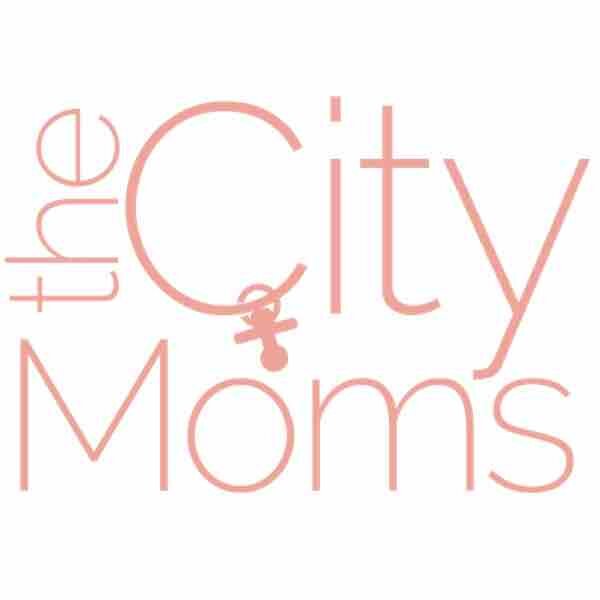The Menstrual Equity Movement: Combatting period poverty
Period Poverty, I Support the Girls
Imagine being on your period and not having access to a pad or tampon. We’re not talking about when you feel Aunt Flo arrive and you have to substitute some toilet paper for a pantiliner until you can make it home to take care of business or run out to the car to restock your purse: we mean you do not have what you need or the means to get it. We’re talking about period poverty. Period poverty refers not only to difficulty purchasing pads and tampons but also to barriers like lack of sanitary disposal methods, a clean place to shower or wash your hands, or even access to toilets. Last month’s Momlight feature gave a little insight into some of the issues facing vulnerable women in our community and how organizations like I Support the Girls are doing their part to help. So why is it that some girls and women struggle to meet a basic hygiene need despite growing awareness and advocacy? Why isn’t this problem going away?
LEARN ABOUT HOW LOCAL MOM IS GETTING GIRLS SUPPORT, LITERALLY:: Rachael Heger in the Momlight
The struggle is twofold: the ever-present stigma surrounding menstruation and
inequity on an institutional level.
We’ve all experienced the irrational fear that everyone
knows
we’re on our period and we’re going to bleed through our clothing at any second. Beyond the initial instruction from a female mentor in our lives {if we were so lucky},
people aren’t talking about periods
; we are a generation that grew up feeling shame about this natural part of life. This stigma meets period poverty and the result is a young girl missing school {or later, work} every time she is menstruating, making do with toilet paper, rags, or an inadequate pad for her flow {or even risking infection} because food stamps won’t cover “luxury” items like menstrual products. This stigma prevents us from adequately addressing period poverty as a public health crisis: how can we address something that we as a society are uncomfortable talking about?
Period Poverty, I Support the Girls
Fortunately, the stigma is lifting: across the world, a menstrual equity movement is taking place, but institutional inequities continue to perpetuate the barriers low income women and girls face each time their cycle arrives. Even locally, recent legislative attempts to eliminate tax on menstrual products have been unsuccessful {the tampon tax: Indiana is among more than 30 states that still require that tax be paid on items like pads and tampons}. Nationally, legislation that appears to be a step in the right direction such as the Coronavirus Aid, Relief, and Economic Securities Act {the CARES Act} which made menstrual products eligible for coverage by health savings accounts or flexible spending accounts still caters to those with employers who offer these types of benefits: typically not those in impoverished communities or low paying jobs.
Since 2014, May 28th has been recognized as Menstrual Hygiene Day, a global event with the goals of reducing the stigma surrounding menstruation and lobbying political leaders to bring about change wherever and however periods are limiting girls’ and womens’ abilities to succeed. Closer to home, National Period Day, just established in 2019, takes place on October 10. This U.S. event is an appeal for changes like the end to taxation on menstrual products and provision of free menstrual products within places like schools, homeless shelters, and prisons.
Period Poverty, I Support the Girls
We would be remiss if we failed to acknowledge that while women and girls account for the majority of people who menstruate, there is an even greater stigma contributing to barriers for those who don’t identify as female but still have a period to contend with each month. Because the public conversation surrounding menstruation is relatively new, especially on a global scale, addressing the particularly taboo struggles faced by non-female menstruators is even more challenging.
Those living in more remote areas make up another subgroup facing significant barriers related to menstrual hygiene. Rachael Heger, National Director of Affiliate Outreach for
I Support the Girls, notes that “rural period poverty is huge,” with unique challenges including high unemployment rates and physical isolation resulting in difficulty obtaining menstrual products. Rural areas also might not have easy access to organizations that help meet this need. And while nonprofits like I Support the Girls,
Helping Women Period, Alliance for Period Supplies, and #HappyPeriod are working overtime to combat these challenges, they are all competing for the same limited funding. Factor in the current COVID-19 pandemic which has only increased requests for free menstrual products, and there is no question that legislative action is necessary before we can fully address this crisis.
Let’s also talk about barriers when it comes to product type. We can’t scroll through social media these days without seeing ads for products like menstrual cups and period underwear. All of these options are great, right? Not always: not for those who can’t purchase their menstrual supplies on a monthly basis let alone afford to try out something new that may or may not be effective for them. Reusable products are great and environmentally friendly, but not everyone has the ability to invest in these options that often have a steep upfront cost or require cleaning that can’t be done without access to adequate sanitation. Even a more easily accessible tampon doesn’t help the woman or girl who can’t or doesn’t wish to use this type of product. Challenges like these really drive home the privilege that so many of us experience in being able to purchase menstrual products without a second thought.
The good news is the growing attention the issue of period poverty is receiving:
more and more grassroots organizations working to get products in the hands of those in need or to advocate for legislation changes {get involved here}
large scale advocacy efforts both locally and across the world {check out National Women's Health Week and Environmenstrual Week for a couple more women’s health-focused movements}
an award-winning Netflix documentary bringing attention to period poverty on a global scale
We can get behind Rachael Heger with I Support the Girls as she looks to the future: “I would love for pads and tampons to be freely accessible everywhere that women go. Like toilet paper and soap.” Is that too much to ask? There are plenty of opportunities to get involved ranging from donating menstrual products to lobbying for legislative change if this topic strikes a chord with you {and we hope it does!}.
Special thanks to I Support the Girls for providing the images for this article.
ABOUT THE AUTHOR Indy native Melissa Ranck is a social worker turned stay-at-home mom {who “stays at home the least” according to her friends–she loves ALLLL the play dates!} to three boys ages 9, 7, and 4. She is a preschool volunteer extraordinaire and also spends lots of time with the teens she leads in her church’s youth group. Melissa’s favorites include binge watching trash TV, McDonald’s Coke, napping, cooperative preschool, and novels with unbelievable happy endings.




